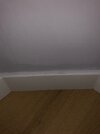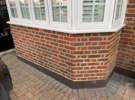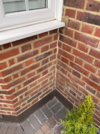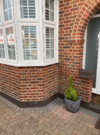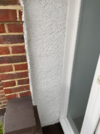- Joined
- 22 Nov 2022
- Messages
- 3
- Reaction score
- 0
- Country

We have recently moved into a house, we seem to be getting an issue with dampness on one of the outside walls of our bay window.
the wall isn't always wet but it flares up, especially when it's cold outside. One minute it's wet and one minute it's dry. We have had a company that offers DPC look at it and straight away was told it was rising damp and we need the whole house injected at a considerable cost. We do have another surveyor coming for a second opinion, I wondered if anyone has any info they can share on what this could be looking at the pictures. Gutters etc are also getting looked at. Many thanks
the wall isn't always wet but it flares up, especially when it's cold outside. One minute it's wet and one minute it's dry. We have had a company that offers DPC look at it and straight away was told it was rising damp and we need the whole house injected at a considerable cost. We do have another surveyor coming for a second opinion, I wondered if anyone has any info they can share on what this could be looking at the pictures. Gutters etc are also getting looked at. Many thanks

